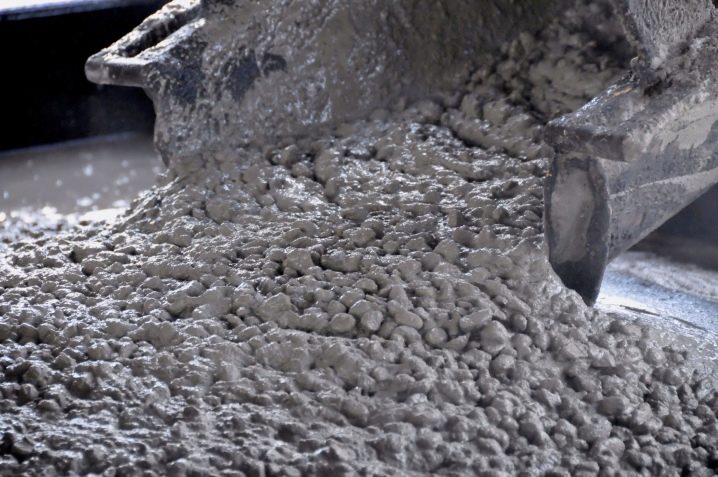API RP 10B-2 Testing of Well Cement Slurries
The API Recommended Practice (RP) 10B-2 provides a comprehensive guide to the testing and evaluation of well cement slurries used in oil and gas drilling operations. This service focuses on ensuring that the cement used in these critical applications meets stringent performance criteria, which is essential for maintaining borehole stability, preventing blowouts, and enhancing overall well integrity.
The API RP 10B-2 standard outlines a series of tests designed to evaluate the properties and behavior of well cement slurries under various conditions. These tests are crucial because they help determine whether the cement will perform as expected during the drilling process and subsequent operations such as cementing, perforating, and production.
The testing procedures described in API RP 10B-2 cover a range of physical and chemical properties that influence the performance of well cement. These include setting time, compressive strength, flowability (slump), and resistance to thermal shock. Each test is designed to simulate real-world conditions encountered during drilling operations.
Setting time tests evaluate how quickly the cement sets, which affects its ability to bond with the casing or formation once pumped into the borehole. Compressive strength tests assess the durability of the cured cement under load, ensuring it can withstand the pressures and stresses imposed by the well environment. Flowability (slump) tests measure the ease with which the cement slurry flows through pipes and around obstacles, while resistance to thermal shock ensures that the cement remains intact when exposed to temperature fluctuations during drilling.
These tests are conducted on prepared samples of well cement slurries according to specified procedures outlined in API RP 10B-2. The testing process involves precise sample preparation, including homogenization and aging of the slurry under controlled conditions. Afterward, the samples undergo a series of mechanical and chemical analyses to determine their compliance with the standard.
The results of these tests provide critical data for quality managers, compliance officers, R&D engineers, and procurement professionals responsible for selecting and approving well cement slurries. By adhering to API RP 10B-2, laboratories ensure that only high-quality materials are used in oil and gas operations, thereby minimizing risks associated with poor cement performance.
Understanding the importance of these tests requires familiarity with the specific requirements set forth by API RP 10B-2. For instance, the standard specifies precise methods for preparing test samples, conducting mechanical tests, and interpreting results based on internationally recognized standards such as ISO and ASTM.
The comprehensive nature of API RP 10B-2 ensures that all aspects of well cement slurry performance are addressed, from initial mixing to final curing. This holistic approach guarantees that the materials used in oil and gas drilling operations meet the highest quality standards, contributing to safer and more efficient operations across the industry.
Applied Standards
| Standard | Description |
|---|---|
| API RP 10B-2 | Recommended Practice for Well Cement Slurry Testing and Evaluation |
| ISO 679 | Methods of Test for Portland Cement |
| ASTM C1058 | Standard Test Method for Compressive Strength of Hydraulic-Cement Paste, Mortar Panels, and Strength-Ratio Determination |
| EN 934-2 | Determination of Setting Time of Cement Paste |
Competitive Advantage and Market Impact
- Ensures compliance with international standards, enhancing the reputation of your organization.
- Reduces risks associated with poor cement performance in drilling operations.
- Improves operational efficiency by ensuring reliable well integrity.
- Supports sustainable practices through optimized material usage and reduced waste.
- Promotes trust among clients and stakeholders by demonstrating adherence to best industry practices.
Use Cases and Application Examples
The API RP 10B-2 testing of well cement slurries is applicable in a wide range of oil and gas operations, including:
- Drilling and casing new wells.
- Cementing to isolate the reservoir from the surface environment.
- Perforating the casing to allow fluids to flow into the production tubing.
- Maintaining borehole stability during completion activities.
In practice, this service involves preparing well cement slurries according to specified procedures and conducting a series of tests to evaluate their properties. The testing process typically includes:
- Setting time determination using ASTM C1058 methods.
- Compressive strength assessment per EN 934-2 guidelines.
- Flowability (slump) measurement following API RP 10B-2 specifications.
- Resistance to thermal shock evaluation based on ISO standards.
The results of these tests are used to ensure that the well cement slurry meets all required performance criteria, thereby enhancing the integrity and safety of oil and gas operations. This service is particularly valuable for organizations involved in deepwater drilling or unconventional reservoirs where precise control over cement properties is critical.





